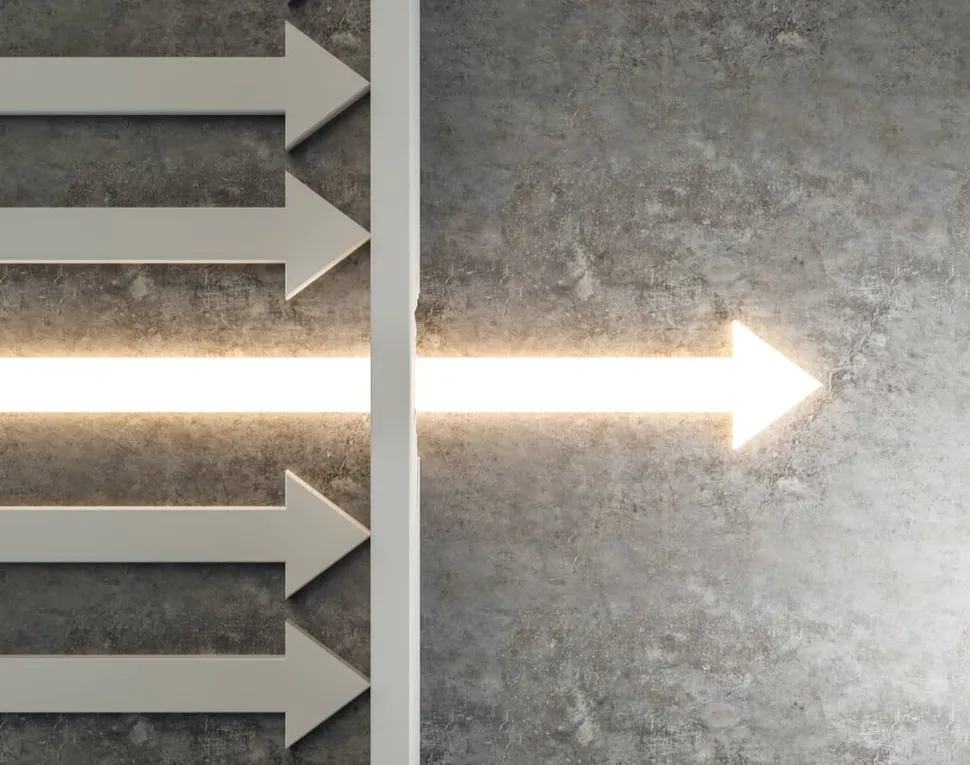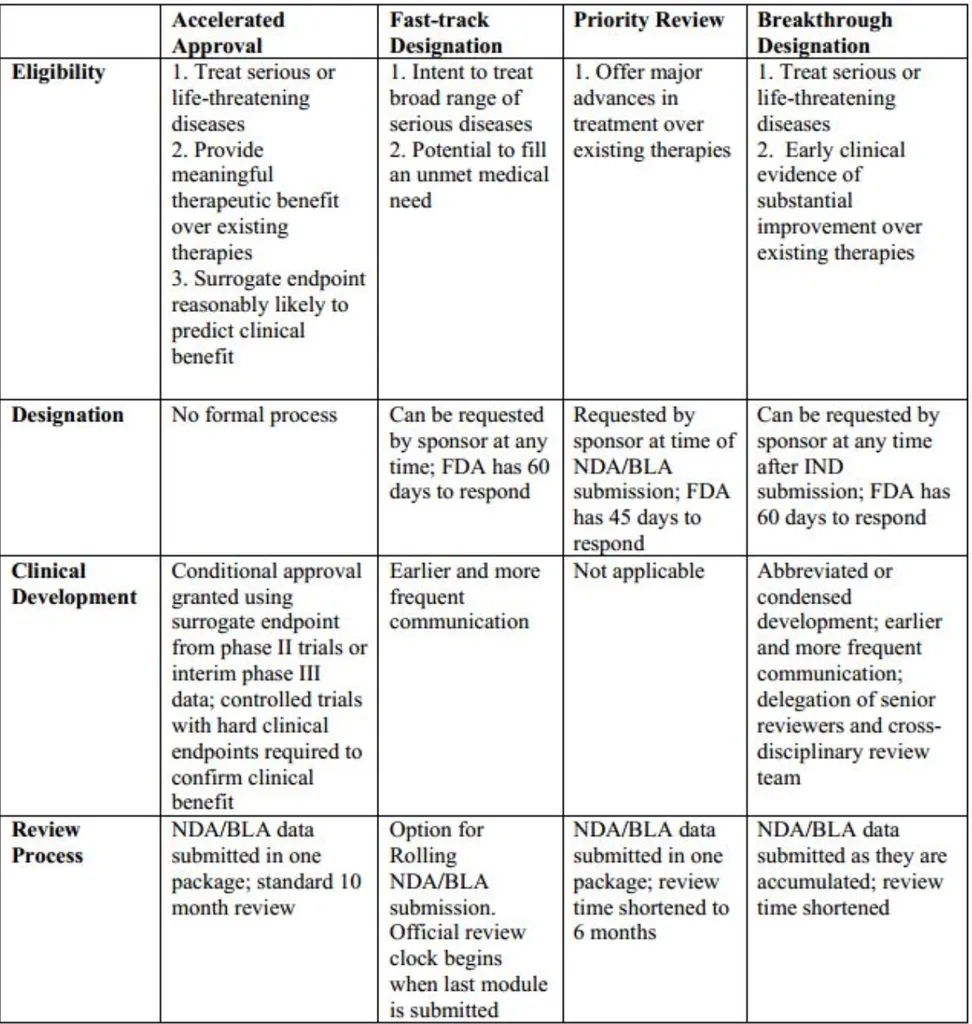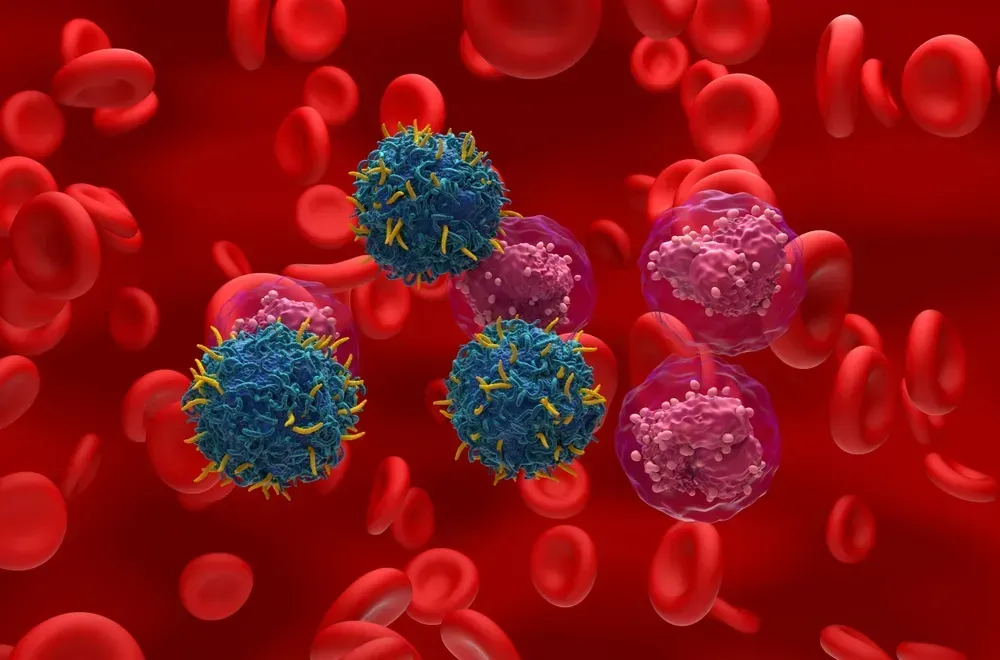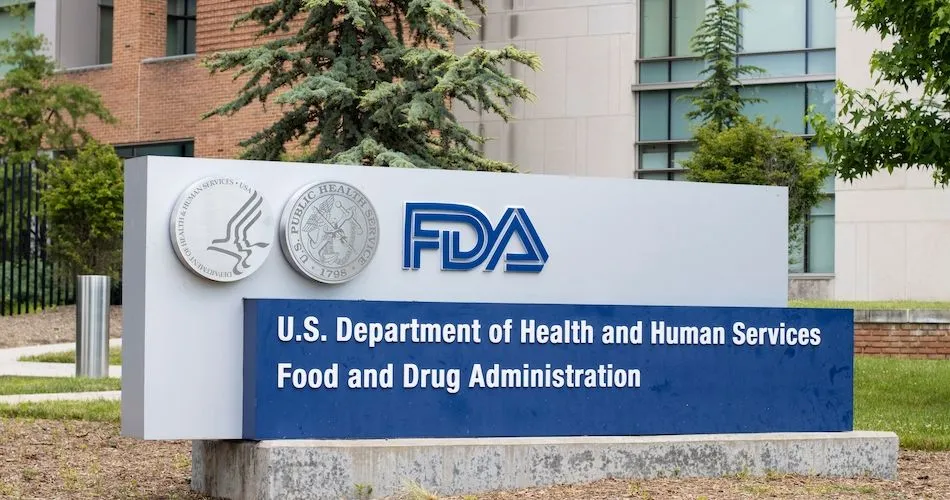ASCO 2021: FDA grants Breakthrough Therapy Designation to Teclistamab, a Bispecific Antibody for Relapsed or Refractory Multiple Myeloma

Teclistamab, an off-the shelf bispecific antibody targeting BCMA by Janssen, has received Breakthrough Therapy Designation from the FDA. This designation follows on the heels of a priority medicine, or PRIME designation from the European Medicines Agency earlier this year. The FDA's BTD is for therapies that can substantially improve outcomes versus available therapies.
(The different FDA designations can be confusing. See the chart below for a description.)
The Breakthrough Therapy Designation is based on Phase 1 data from a multi-center trial. The objectives of the study were to identify the recommended phase 2 dose in Part 1 and to evaluate the safety and tolerability at the recommended phase 2 dose in Part 2.
Patients in the Phase 1 trial had to have measurable myeloma and be relapsed or refractory to standard therapies. Additionally, they could not have received a prior BCMA-targeted treatment. The study was broken into two patient groups - one receiving teclistamab by IV and the other receiving teclistamab subcutaneously. In the study, the median age was 63 years (range, 24-84) and 22% of patients were over 70. Most patients (96%) had been exposed to three classes of myeloma therapy and 69% of patients were refractory to over 5 drug classes (also called penta-refractory). The median number of prior lines of therapy was 6.
Of the 78 patients in the study with the first dosing of 270 µg/kg2:
| Teclistamab at Dose 270 µg/kg2 | |
| Overall Response Rate | 67% |
| Very Good Partial Response or better | 50% |
| Complete Response or better | 23% |
In the updated results, the dose was increased to 1500 μg/kg2 and showed encouraging efficacy with durable, deepening responses:
| Teclistamab at Dose 1500 µg/kg2 | |
| Overall Response Rate | 73% |
| Very Good Partial Response or better | 55% |
| Complete Response or better | 23% |
Similarly to CAR T therapy, the two most common side effects were cytokine release syndrome (70%) with 0 at Grade 3/4 and neutropenia (60%) with 40% at Grade 3/4.
Over the next few days at ASCO 2021, there will be further updates which will be shared here, so stay tuned for "Teclistimab Part 2".
Just the other day the Janssen CAR T product Cilta-Cel was given Priority Review status and now Teclistimab was given a Breakthrough Therapy designation. These are only two of four FDA Expedited Review Programs. Below is a brief chart summarizing the differences. If you would like to learn more about the various program distinctions click on this link:
Making Sense of FDA Designations

Teclistamab, an off-the shelf bispecific antibody targeting BCMA by Janssen, has received Breakthrough Therapy Designation from the FDA. This designation follows on the heels of a priority medicine, or PRIME designation from the European Medicines Agency earlier this year. The FDA's BTD is for therapies that can substantially improve outcomes versus available therapies.
(The different FDA designations can be confusing. See the chart below for a description.)
The Breakthrough Therapy Designation is based on Phase 1 data from a multi-center trial. The objectives of the study were to identify the recommended phase 2 dose in Part 1 and to evaluate the safety and tolerability at the recommended phase 2 dose in Part 2.
Patients in the Phase 1 trial had to have measurable myeloma and be relapsed or refractory to standard therapies. Additionally, they could not have received a prior BCMA-targeted treatment. The study was broken into two patient groups - one receiving teclistamab by IV and the other receiving teclistamab subcutaneously. In the study, the median age was 63 years (range, 24-84) and 22% of patients were over 70. Most patients (96%) had been exposed to three classes of myeloma therapy and 69% of patients were refractory to over 5 drug classes (also called penta-refractory). The median number of prior lines of therapy was 6.
Of the 78 patients in the study with the first dosing of 270 µg/kg2:
| Teclistamab at Dose 270 µg/kg2 | |
| Overall Response Rate | 67% |
| Very Good Partial Response or better | 50% |
| Complete Response or better | 23% |
In the updated results, the dose was increased to 1500 μg/kg2 and showed encouraging efficacy with durable, deepening responses:
| Teclistamab at Dose 1500 µg/kg2 | |
| Overall Response Rate | 73% |
| Very Good Partial Response or better | 55% |
| Complete Response or better | 23% |
Similarly to CAR T therapy, the two most common side effects were cytokine release syndrome (70%) with 0 at Grade 3/4 and neutropenia (60%) with 40% at Grade 3/4.
Over the next few days at ASCO 2021, there will be further updates which will be shared here, so stay tuned for "Teclistimab Part 2".
Just the other day the Janssen CAR T product Cilta-Cel was given Priority Review status and now Teclistimab was given a Breakthrough Therapy designation. These are only two of four FDA Expedited Review Programs. Below is a brief chart summarizing the differences. If you would like to learn more about the various program distinctions click on this link:
Making Sense of FDA Designations


about the author
Bonnie Falbo
Bonnie is a Myeloma Coach and the caregiver for her husband with Multiple Myeloma. They live at the foot of the Blue Ridge Mountains in Afton, VA with their 2 dogs and 2 cats.
More on Treatment Advances
Trending Articles
Upcoming Events




Get the Latest Multiple Myeloma Updates, Delivered to You.
By subscribing to the HealthTree newsletter, you'll receive the latest research, treatment updates, and expert insights to help you navigate your health.
Together we care.
Together we cure.
3x Faster.











